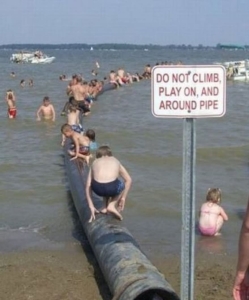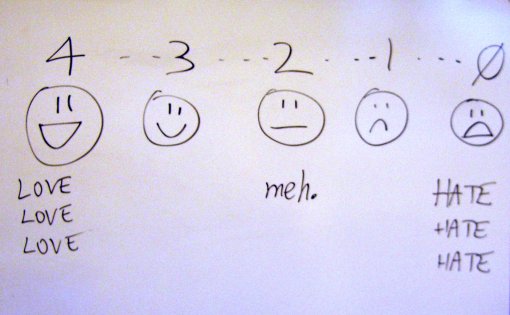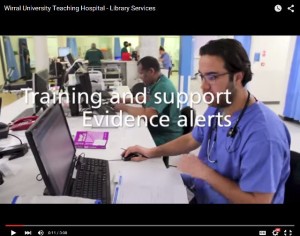Attending the UK Knowledge Mobilisation Forum in Bristol last week was an opportunity for me to connect with a new network and explore its alignment with the work of NHS library services and Knowledge for Healthcare.
I came away with a much greater understanding of the theoretical basis underpinning the knowledge management techniques employed by NHS librarians. At times the language used by those working in knowledge mobilisation research felt impenetrable, however, it dawned on me later that a lot of the jargon that is used has cross-over with “library speak”. For example, “co-production” is a current buzzword in knowledge mobilisation and describes a method of extracting practical and tacit knowledge equitably to create a synthesis of shared knowledge across hierarchies or disciplines. Applying this concept to the work of NHS libraries, any time we undertake an assisted evidence search or contribute expertise to a multidisciplinary meeting, we are co-producing new knowledge. I think it could only benefit our networks if knowledge mobilisation researchers and librarians were able to connect more regularly to discuss shared areas of interest.
A presentation that particularly struck a chord with me was the keynote from Dez Holmes, Director of Research in Practice, an organisation that helps organisations and individuals to access, understand and apply evidence in their work with children, young people and families. Dez observed that producing robust evidence and making it available is only part of the struggle to implementing evidence into practice; often people don’t follow instruction, even if it’s evidence based.

Credit: https://www.askideas.com/do-not-climb-play-on-and-around-pipe-funny-warning-sign-board-on-beach/
Why? Maybe because it’s more fun, everyone else is doing it, it’s what they’ve always done, or because they’ve been told not to. Using evidence is a personal thing; there are emotional reasons why people do or don’t use it. So, in addition to some of the barriers to evidence based practice identified by Wiggins, 2012, applying evidence in practice can sometimes be for personal or emotional reasons. This led my thinking to the attributes that NHS librarians may require to be an effective knowledge broker. Rather than focusing on technical and professionals skills (summarising evidence, creating databases), shouldn’t we also then equip ourselves with the necessary emotional and personal skills? As librarians do we focus too much on bridging the evidence-practice gap with hard, technical skills? Should we be focusing instead on speaking to people’s sense of “ikigai” (a Japanese word for “reason for being”)? To overcome this barrier we need to tap into the motivation, passions, desires and hopes of the people we work alongside when we’re communicating evidence. Or, in Dez’s words: as knowledge brokers working in complex systems we need to be “creative, courageous and not scared of mess”.
In the face of multiple barriers, how then do we get people to do things differently? Dez suggested that perhaps we can take inspiration from the Unilever approach: the 5 levers of change:
- Make it understood
- Make it easy
- Make it desirable
- Make it rewarding
- Make it a habit
Ultimately, a person’s relationship with evidence is crucial. So, our mission as knowledge brokers in the NHS is surely simple: to get people to love evidence!

In addition to the reflections above, I came away with several ideas for knowledge sharing techniques that I can adapt and apply in my workplace, including a creative approach to co-production: using the principles of Lego Serious Play to share tacit knowledge. I took part in the event’s Randomised Coffee Trial which provide to be a great way to meet another delegate for lunch at random.
I also returned from the event with some useful learning from facilitating my own knowledge sharing activity alongside Tracey Pratchett (@TraceyPratchett): a fishbowl conversation. Each time I’ve facilitated a fishbowl conversation it has been completely different and there’s always learning I can take away. This time Tracey and I reflected with participants on the potential for the fishbowl as an alternative to a focus group in qualitative research methodology and the pros and cons of such an approach. On a practical note, we also reflected that we need to ensure that the question under discussion is visible to participants at all times. Also something to think about for next time is introducing a mechanism for observers to submit questions anonymously to which those conversing can then respond.
Overall, I returned to work with a greater understanding of the world of knowledge mobilisation and the role that NHS librarians play as knowledge brokers; perhaps also with some additional insight into what our mission as knowledge brokers should be. For those wanting to learn more about the event, please visit the forum webpage or follow the hashtag #KMb2018 on Twitter.





